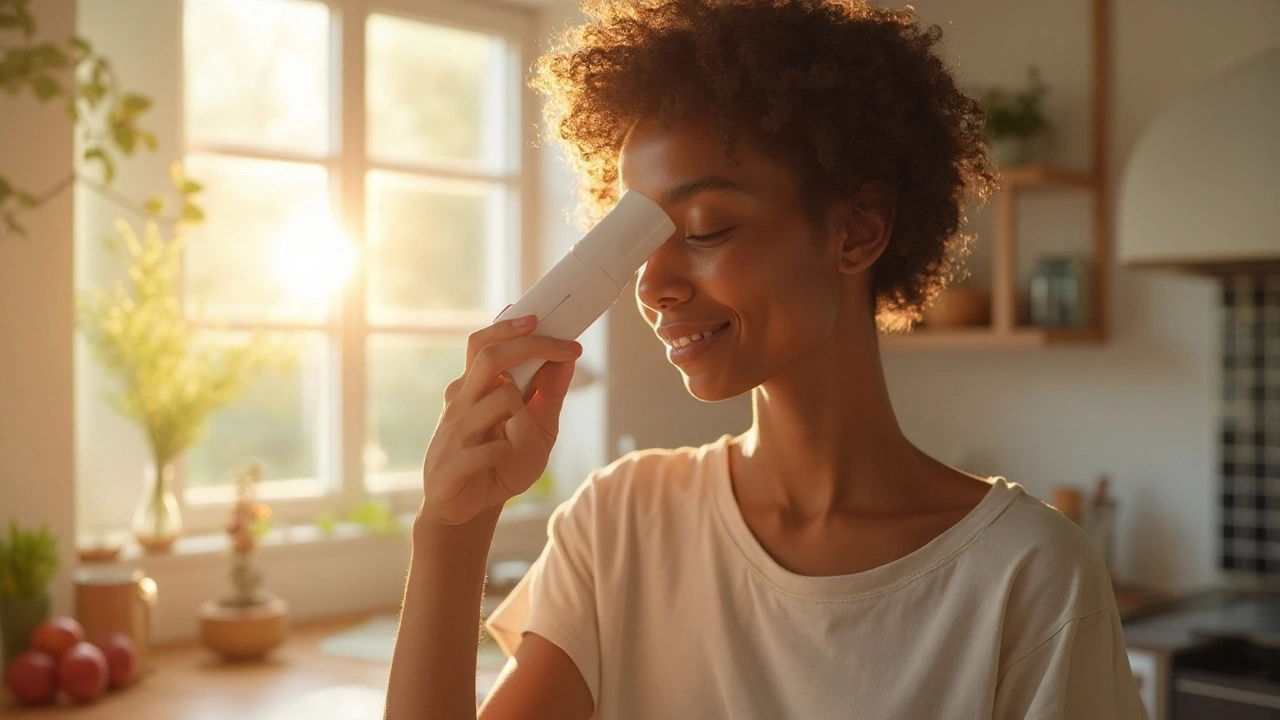Allergic Rhinitis: What It Is and How to Find Relief
If your nose feels constantly stuffy, you’re sneezing a lot, or your eyes are watery for no clear reason, you might be dealing with allergic rhinitis. It’s basically an over‑reaction of the immune system to harmless particles like pollen, dust mites, or pet dander. The good news is that most people can manage it with simple steps and a few everyday products.
Common signs you might be dealing with allergic rhinitis
The first clue is usually a runny or blocked nose that lasts more than a few days, especially during certain seasons. You might also notice itchy eyes, throat, or the roof of your mouth. Sneezing fits, post‑nasal drip, and a tickle in your throat are also typical. If you’ve tried a cold medicine and it didn’t help, allergies are a strong suspect.
Ways to control triggers and manage symptoms
The most effective strategy is to avoid what sets off your reaction. Keep windows shut on high‑pollen days, use a HEPA filter in your bedroom, and wash bedding in hot water weekly. For dust‑mite lovers, encasing pillows and mattresses can cut exposure dramatically. When avoidance isn’t enough, over‑the‑counter antihistamines like cetirizine or loratadine can calm itching and sneezing within an hour.
If a runny nose is your main problem, a nasal steroid spray such as fluticasone works well for many people. It takes a few days to build up, but once it does, you’ll notice less congestion and fewer sneezes. Saline rinses are another low‑cost option—just a quick daily flush can clear mucus and reduce irritation.
When OTC products fall short, a doctor can prescribe a stronger antihistamine or a combination nasal spray. In some cases, allergy shots (immunotherapy) are recommended, especially if you react to multiple triggers. The process involves tiny, regular injections that gradually train your immune system to tolerate the allergen.
Lifestyle tweaks help too. Staying hydrated thins mucus, and keeping your home’s humidity around 40‑50% stops mold from thriving. Regular exercise can improve overall airway health, but avoid outdoor workouts when pollen counts are sky‑high.
It’s easy to forget that allergic rhinitis isn’t just a nuisance; it can worsen asthma or lead to sinus infections if left unmanaged. If you notice persistent facial pain, fever, or green nasal discharge, it’s time to see a healthcare professional for a proper evaluation.
Bottom line: recognize the pattern, limit exposure, and use the right over‑the‑counter or prescription tools. With a few practical changes, you can keep sneezing and congestion in check and get back to your daily routine without constantly reaching for tissues.
-

Fluticasone Nasal Spray FAQ: Answers to Your Top Questions
Clear, concise answers to the most common questions about fluticasone nasal spray, its use, safety, dosing and how it compares to other nasal steroids.